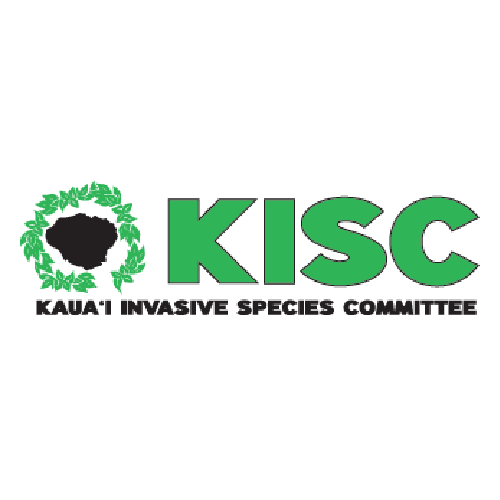Family: Asteraceae
High Risk Traits:
- Broad climate suitability, and elevation range exceeds 1000 m, demonstrating environmental versatility
- Grows in tropical climates
- Naturalized on all the main Hawaiian Islands; widely naturalized elsewhere
- A disturbance adapted weed that may impact agriculture
- An environmental weed in California, threatening native ecosystems and an endangered plant species
- Other Centaurea species are invasive
- Spiny bracts may deter browsing
- Suspected of causing a neurological disorder in horses (confirmation needed)
- Tolerates many soil types
- Forms dense thickets
- Reproduces by prolific seed production
- Cleistogamous (capable of self-pollination)
- An annual or biennial herb, capable of reaching maturity in <1 year
- Seeds readily dispersed by wind, water, internally and externally by animals, and accidentally by humans as a seed contaminant and attached to vehicles and equipment
- Seeds may persist in the soil for 4 to 10 years
- No natural enemies present in the Hawaiian Islands
Low Risk Traits:
- Primarily a weed of dry, disturbed habitats in the Hawaiian Islands
- Palatable to browsing animals (although spiny bracts may deter browsing)
- Not reported to spread vegetatively
- Herbicides provide effective control
- Mechanical control methods and fire may be effective at certain growth stages




